Lung disease is any type of problem in the lungs that prevents the organs from working properly. The three main types of lung disease, airway diseases, lung tissue diseases and lung circulation diseases. Each of which have different symptoms.
Types of Lung Disease
Airway diseases — These diseases affect the tubes (airways) that carry oxygen and other gases into and out of the lungs. They usually cause a narrowing or blockage of the airways. Airway diseases include asthma, COPD and bronchiectasis.
Lung tissue diseases — Pulmonary fibrosis and sarcoidosis are examples of lung tissue disease. These diseases affect the structure of the lung tissue. Scarring or inflammation of the tissue makes the lungs unable to expand fully. This makes it hard for the lungs to take in oxygen and release carbon dioxide. People with this type of lung disorder often say they feel as if they are “wearing a too-tight sweater or vest.” As a result, they can’t breathe deeply.
Lung circulation diseases — An example of a lung circulation disease is pulmonary hypertension. These diseases affect the blood vessels in the lungs. They are caused by clotting, scarring, or inflammation of the blood vessels. They affect the ability of the lungs to take up oxygen and release carbon dioxide. These diseases may also affect heart function.
The Symptoms
The following symptoms could be the first signs of lung disease, including COPD, asthma and lung cancer:
- Chronic cough: A cough that you have had for a month or longer is considered chronic and that your respiratory system is not functioning normally.
- Shortness of breath: Shortness of breath that doesn’t go away after exercising, or after little or no physical effort is abnormal.
- Chronic mucus production: Mucus, also called sputum or phlegm, is produced by the airways as a defense to fight infections or block irritants. If mucus production lasts more than a month, this could indicate lung disease.
- Wheezing: Noisy breathing or wheezing is a sign that something is blocking your lungs’ airways.
- Coughing up blood: If you are coughing up blood, it may be coming from your lungs or upper respiratory tract.
- Chronic chest pain: Unexplained chest pain that lasts for a month or more.
Stages of the Illness
There are four stages of lung disease. As lung disease progresses, the stage will increase to reflect the severity of your symptoms.
The stages of chronic lung disease:
- Mild or stage 1
- Moderate or stage 2
- Severe or stage 3
- Very severe or stage 4 also known as end-stage lung disease.
When is it time to contact Capital Caring?
A declining lung disease patient can face many challenges. It may be time for hospice care if your loved one:
- Has had frequent emergency room visits or hospitalizations recently for lung infections;
- Has respiratory failure, or similar issues;
- No longer wishes to be hospitalized or intubated.
The patient’s pulmonologist or primary care physician will recommend hospice services at the appropriate time; however, patients and their loved ones can also bring this need to their medical provider’s attention.
Benefits of Hospice and Palliative Care at Capital Caring
If you or a loved one has been diagnosed with a terminal lung disease, we know that the decision of whether or not to continue aggressive medical treatment after becomes ineffective, is one of the hardest choices imaginable. Quality hospice care and palliative care services are widely available for lung disease patients, to improve quality of life for patients and their family. Capital Caring provides a comprehensive pain and symptom management along with end-of-life care that lung disease patients and their families need.
- Pain Management – Our Hospice Care team provides palliative care which focuses on relieving pain and maintaining comfort.
- Symptom Control – Our Hospice Care team regularly assesses each patient’s condition and works with the physician to determine the most effective treatment and medication options to maximize symptom control.
- Hospice Care at Home – The goal of hospice care is to support patients by meeting their needs and managing their care at home – or wherever they may call home. This means hospice services are provided in a patient’s home, a nursing home, or home of a loved one. Allowing one to stay at their home gives them the ultimate comfort when addressing terminal illnesses.
- Coordinated Care Approach – Hospice care is a team effort. The patient’s family and loved ones are actively involved along with a team of professionals and volunteers. With the help and support of the hospice care team, the patient and their family receive physical, emotional, and spiritual support.
- Holistic Approach – Therapy and counseling services add an extra layer of care to the hospice services provided by Capital Caring. Therapy and counseling are non-invasive, holistic practices which help to enhance the medical, social and spiritual care of the hospice team. Therapy and counseling sessions are provided by staff and volunteers of the Capital Caring hospice team.














 Ray Jay Garcia, M.D.
Ray Jay Garcia, M.D.



 Anne Silao-Solomon, M.D.
Anne Silao-Solomon, M.D.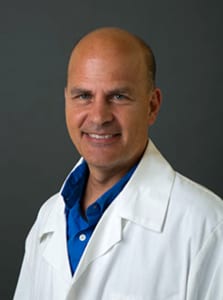 Matthew Irwin, M.D., M.S.W.
Matthew Irwin, M.D., M.S.W.
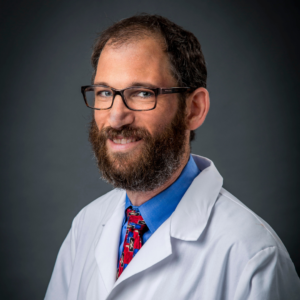
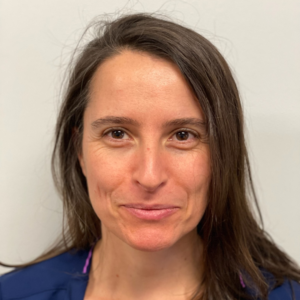

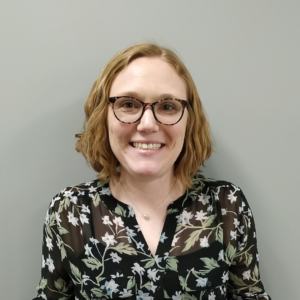
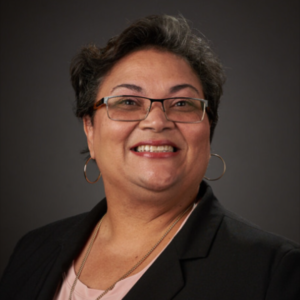



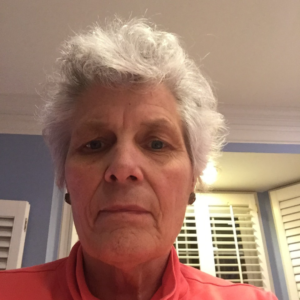






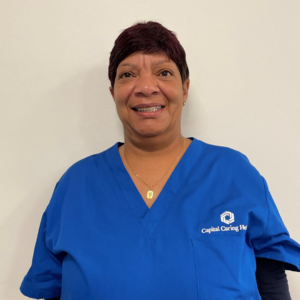

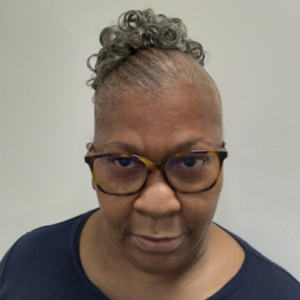

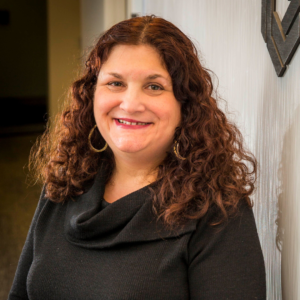

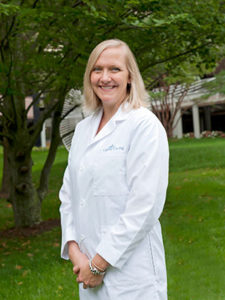 Heidi Young, M.D.
Heidi Young, M.D.
 Hank Willner, M.D.
Hank Willner, M.D.





 Lin Maurano
Lin Maurano Laura Branker
Laura Branker Cameron Muir, M.D.
Cameron Muir, M.D.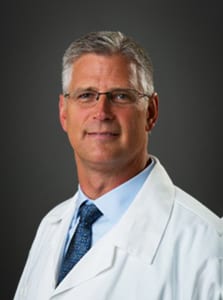 Cameron Muir, M.D.
Cameron Muir, M.D. Fellowship
Fellowship Lee-Anne West, M.D.
Lee-Anne West, M.D.



 Kieran Shah
Kieran Shah Altonia Garrett
Altonia Garrett Jason Parsons
Jason Parsons Nancy Cook
Nancy Cook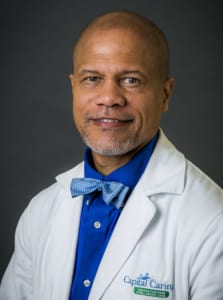 Michael Byas-Smith, M.D.
Michael Byas-Smith, M.D.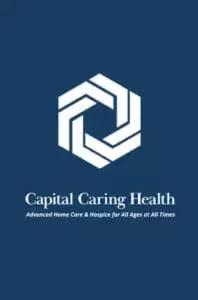 Olubukola Bolaji, M.D.
Olubukola Bolaji, M.D. Jennifer Gerhard, D.O.
Jennifer Gerhard, D.O. Hershell Foster
Hershell Foster Michael Toohig’s Story
Michael Toohig’s Story Liberating Europe
Liberating Europe Marrygold Ugorji’s Story
Marrygold Ugorji’s Story Sherri Parker, Team Leader Medical Social Worker
Sherri Parker, Team Leader Medical Social Worker Colleen Carberry, RN Case Manager
Colleen Carberry, RN Case Manager Paulette Davidson, Chaplain
Paulette Davidson, Chaplain Donna Smith
Donna Smith Tabitha Gingerich, NP
Tabitha Gingerich, NP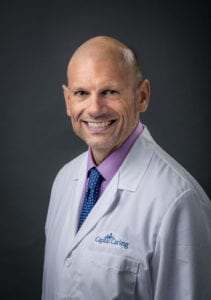 Dwayne Barton, NP
Dwayne Barton, NP Caitlin Geary
Caitlin Geary Sayaka Hanada
Sayaka Hanada Sherri Parker
Sherri Parker
 Mandy Brouillard
Mandy Brouillard Tamara Barnes, M.D.
Tamara Barnes, M.D.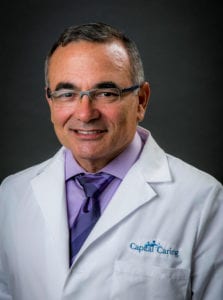 Alan Goldblatt, M.D.
Alan Goldblatt, M.D. Amanda Keerbs, M.D.
Amanda Keerbs, M.D. Adam Knudson, M.D.
Adam Knudson, M.D. Peyman Mamdouhi, D.O.
Peyman Mamdouhi, D.O.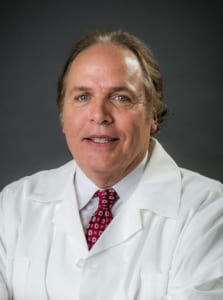 John McCue, D.O.
John McCue, D.O. Christopher Pile, M.D.
Christopher Pile, M.D. Maleeha Ruhi, M.D.
Maleeha Ruhi, M.D. Mohammad Saleem, M.D.
Mohammad Saleem, M.D. Jason Sobel, M.D.
Jason Sobel, M.D. Carolyn Richar
Carolyn Richar Susan Boris
Susan Boris Keith Everett
Keith Everett Vivian Hsia-Davis
Vivian Hsia-Davis David Schwind
David Schwind Eric De Jonge, M.D.
Eric De Jonge, M.D. Melissa McClean, N.P.
Melissa McClean, N.P. Shaz Anwar, D.O.
Shaz Anwar, D.O.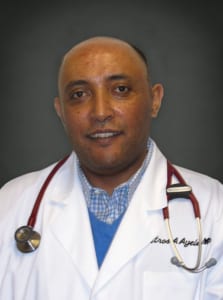 Petros
Petros  Neil Parker’s Story
Neil Parker’s Story Sulaiman Bangura’s Story
Sulaiman Bangura’s Story Steven Skobel’s Story
Steven Skobel’s Story